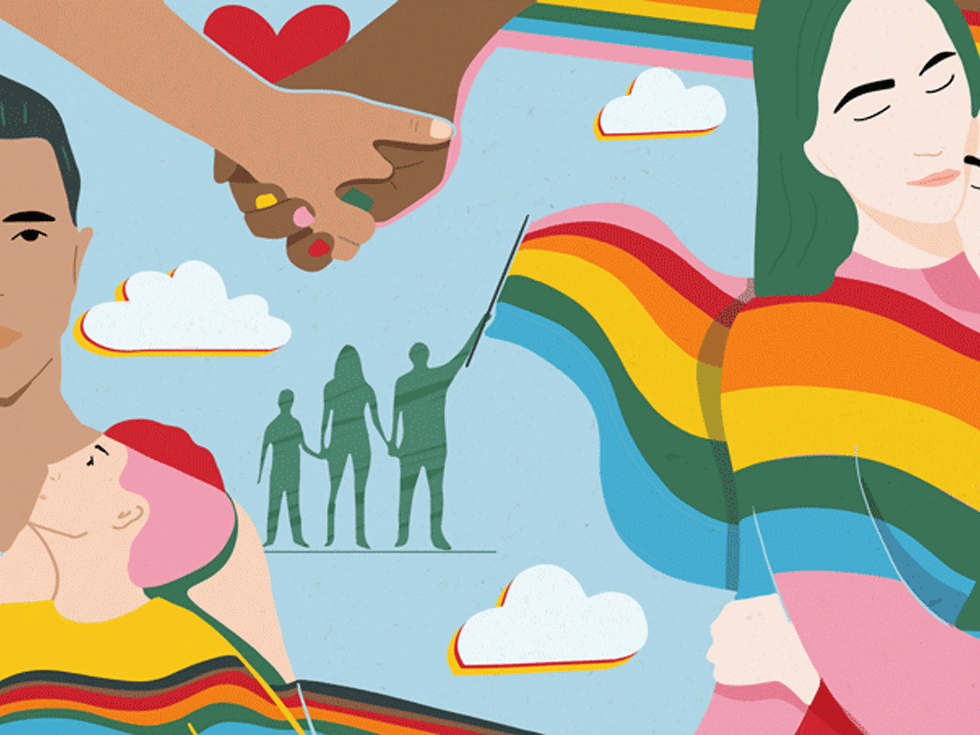Pride Month Spotlight: Queer Unity Matters

by Ella Scher ‘23
 Queer is a multilayered term, defined specifically as all attraction and identity that deviates from the cisgender heteromantic and heterosexual “norm.” There is no doubt that the time in which we live is one when the queer community is stronger than ever. However, issues inside the queer community detract from the larger fight against those bigoted and intolerant forces that want to erase decades of social change.
Queer is a multilayered term, defined specifically as all attraction and identity that deviates from the cisgender heteromantic and heterosexual “norm.” There is no doubt that the time in which we live is one when the queer community is stronger than ever. However, issues inside the queer community detract from the larger fight against those bigoted and intolerant forces that want to erase decades of social change.
According to Case Western Reserve University, one third of LGBTQ+ students still experience harassment because of their orientation, while 43 percent of students describe their campus as homophobic. Inside the queer community, gay male misogyny as well as biphobia and aro/acephobia (the exclusion of bisexual and aromanticity from the LGBTQ+ umbrella) are too normalized. The oversexualization of queerness has led to a deep disconnect between label and identity. Since the early 2000s, when any well-dressed young man would be labeled ‘metrosexual,’ assumed to be queer simply from their style of clothing and cleanliness, people have been all too happy to paste labels onto others based on their own judgment, never giving time to let people figure it out for themselves.
One issue that the LGBTQ+ community faces is the misogyny rampant in the cis gay male community, particularly white gay males in liberal areas. From RuPaul, host of the hit show Drag Race, openly admitting to exclusion of assigned female at birth (AFAB) queens in now-deleted Tweets, to Sierra Mannie’s 2014 piece “Dear White Gays: Stop Stealing Black Female Culture,” prominent figures have noted that gay men tend to appropriate the culture of minorities and women, while failing to adequately recognize them for their contributions.
Secondly, exclusionary and “gatekeeping” mindsets remain common in the LGBTQ+ community. In Varsity.co, columnist Joel Lucyszyn explains that as a bi person, he and other bisexual people remain alienated from the strictly binary hetero- and homo-sexual communities and that biphobic language and attitudes are common. In the queer community, biromantics and bisexuals are often misunderstood and asked to choose between Queer Unity Matters Tension with Corporate PRIDE by Jena Le ‘23 being “gay” or “straight”, defining their attraction in very limited terms that often can’t express the complexity of a bi identity.
Yet in the straight community, biphobia stems back to the days of the AIDS crisis, where the world shamed bisexual men for bringing into the straight community a disease that it would rather stay isolated among queer communities. The same is true of aro and ace people, who have been the victim of hate-based language and crimes for decades. Where they face harassment from bigots, there should be a place for those of all queer labels and identities to feel safe.